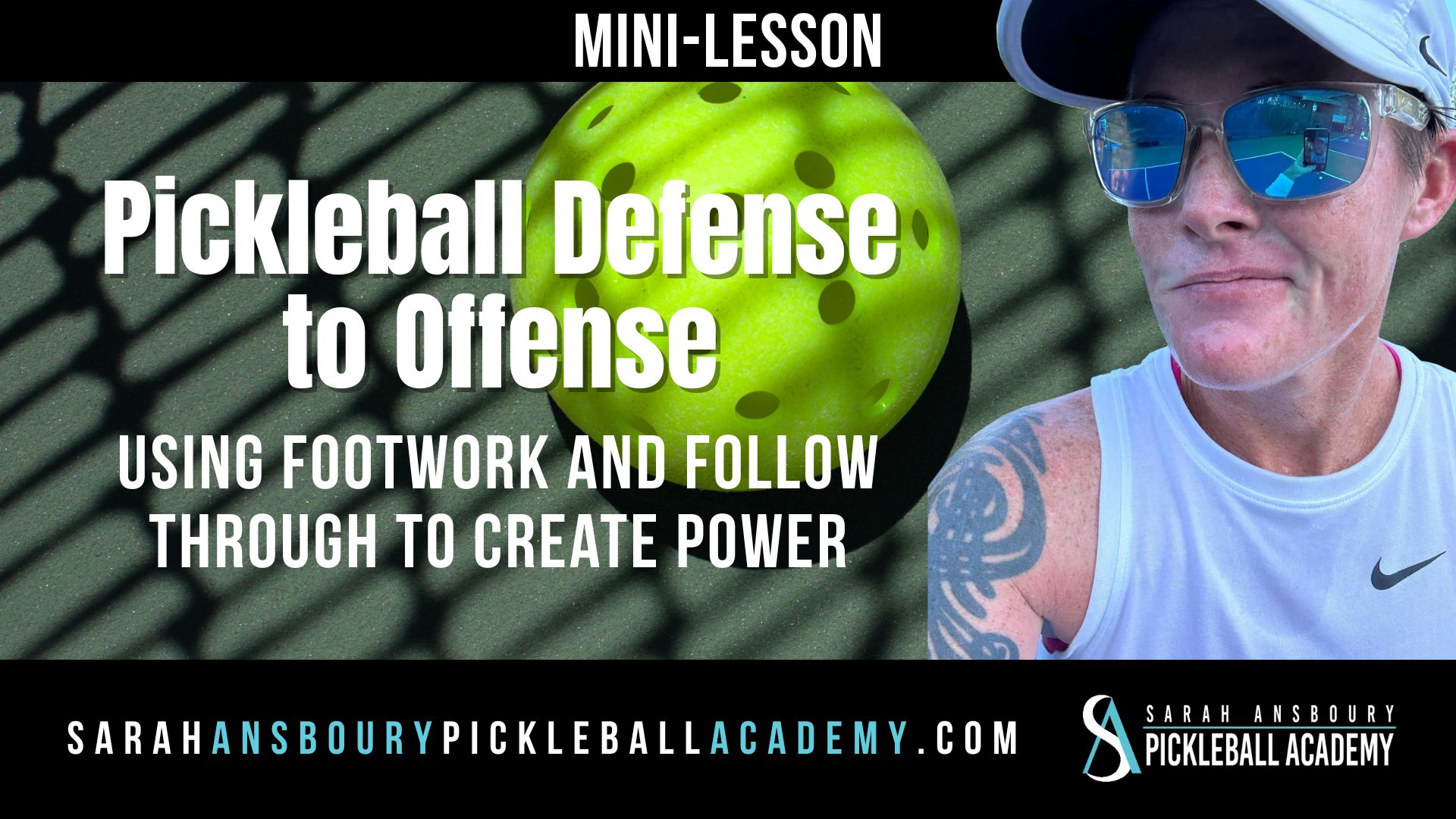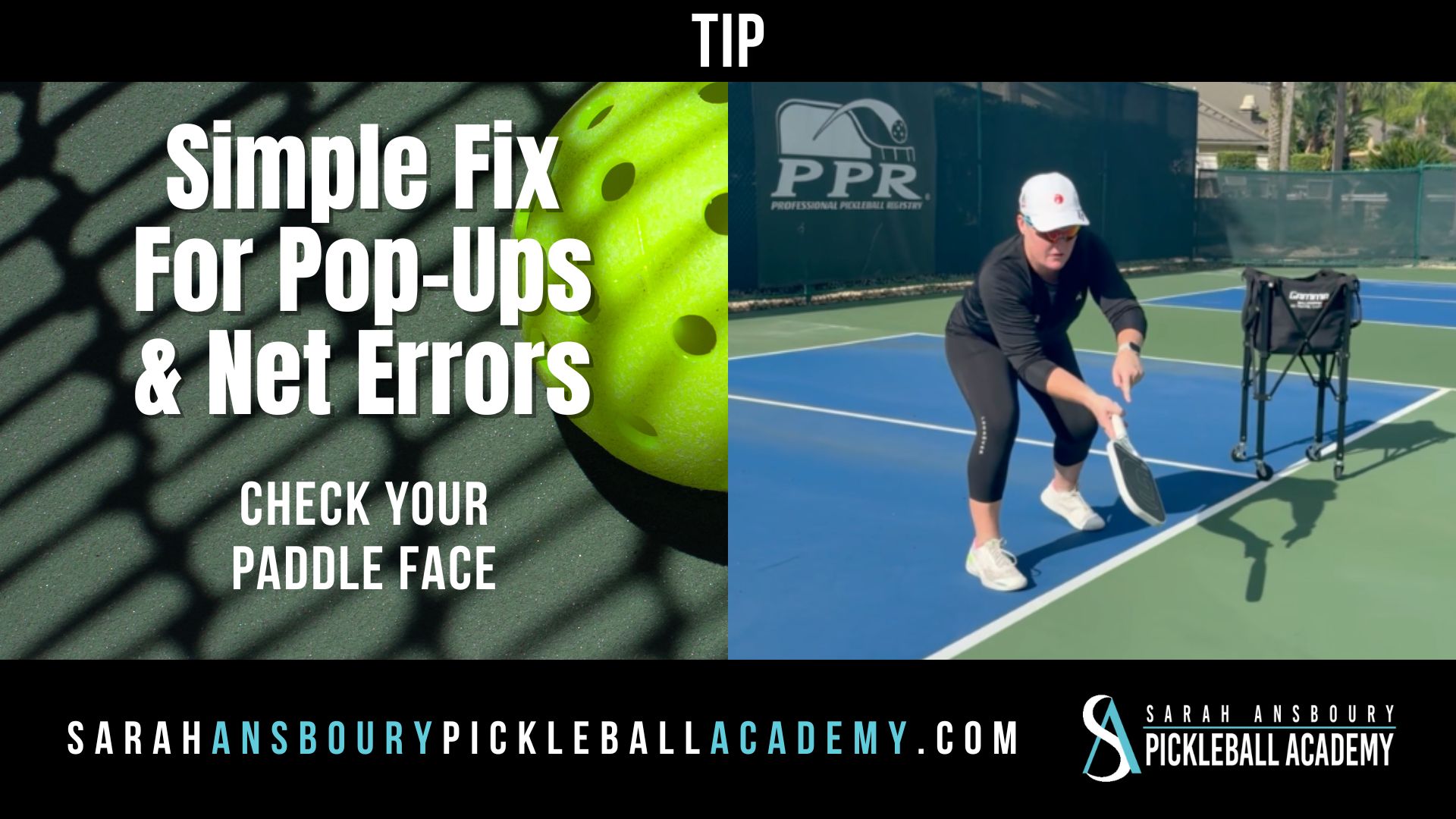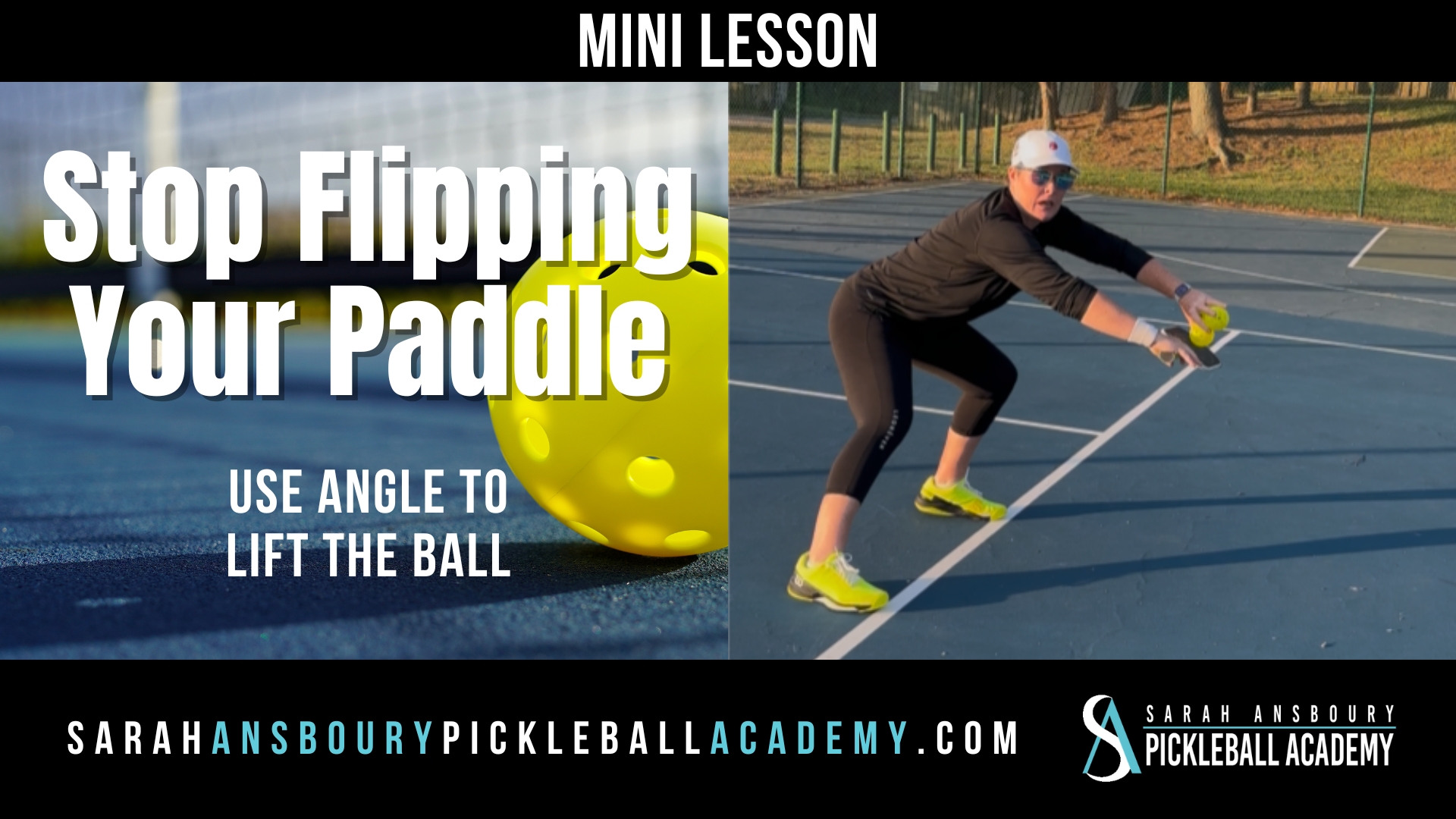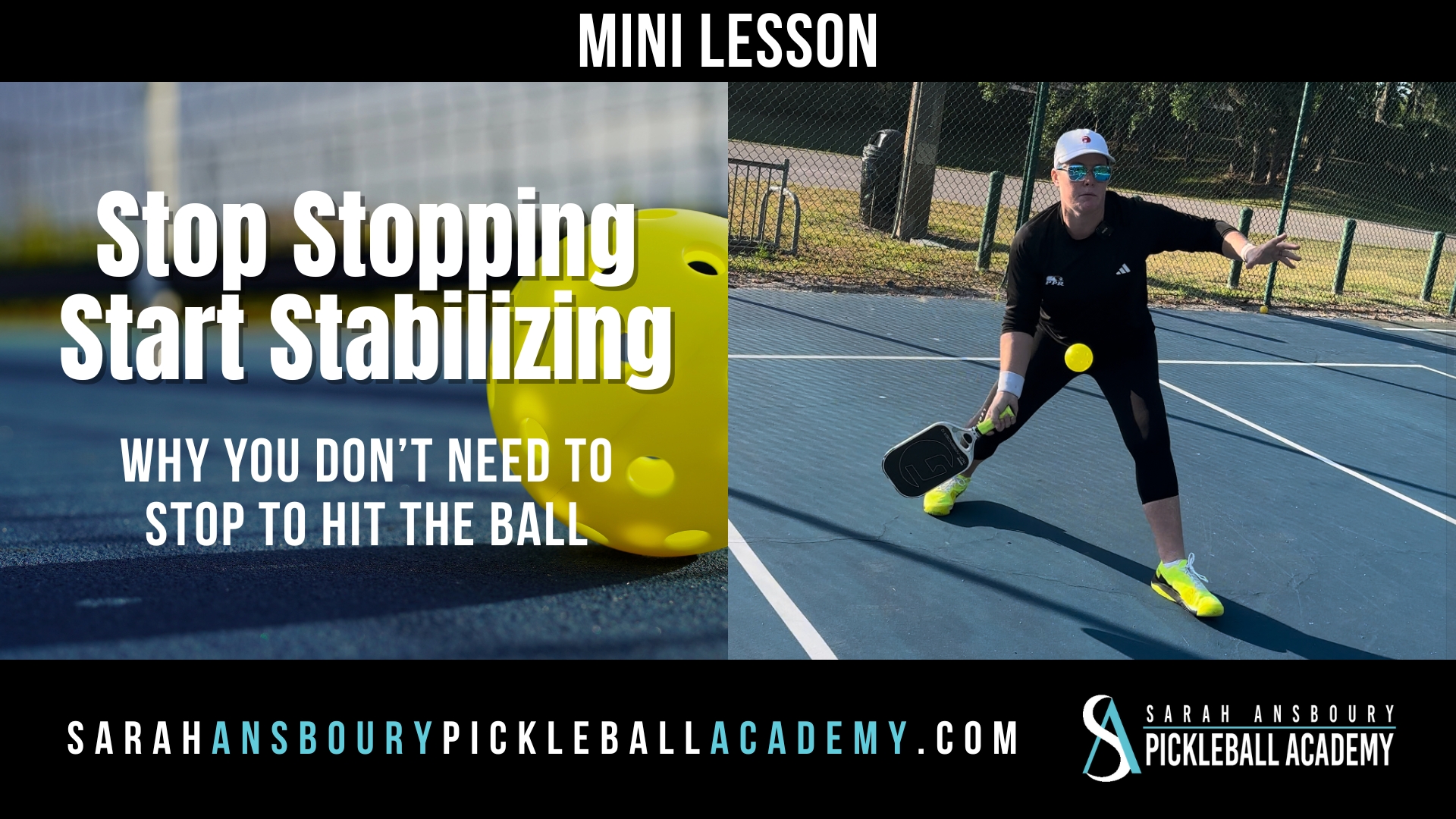Poaching is a process, that starts in the transition zone. Positioning with your partner is very important, your position and the rate you are moving is what dictates your ability to poach, and attack on those transitional balls.
You and your partner both have a role and a job, if I’m hitting a 3rd shot my partners job is to make the court smaller and to look for the opportunity to take the the ball. My job is to set up that shot.
If my partner is taking the 3rd shot we now have different jobs. Remember the question you want to ask yourself isn’t “Where am I going?, it’s “What am I doing?”
What I am releasing today is Part 1 of a 5 part course that shows a Drill Lesson that will help you practice this approach so it comes naturally when you are in an actual game. For now you can check out the rest of the Course on my Members site free for a limited time…
Expanding Your Pickleball Game with Poaching
Poaching in pickleball is not just a skill but a strategic play that begins in the transition zone, a crucial area often misunderstood by many players. My latest guide aims to demystify this concept and provide you with a detailed drill to enhance your ability to poach effectively, transforming your game play.
Understanding the Role of the Transition Zone
The transition zone, the space between the baseline and the non-volley line, is pivotal in setting up poaching opportunities. Contrary to popular belief, this area, often referred to as “no man’s land,” is where the magic happens. It’s where you and your partner coordinate movements and positions to create openings for poaching. Your movement speed and positioning relative to your partner dictate your success in transitioning from defense to offense.
Partner Coordination and Roles
Successful poaching hinges on seamless partner coordination. When one player takes on the third shot, the other’s role is to compress the court, making it smaller and readying themselves to intercept the ball. The focus should not just be on “where” to move but on “what” your role is in that moment. Whether setting up the shot or looking for the poach, understanding and executing your role is crucial.
Drill Overview: Mastering Poaching through Practice
The drill I’m sharing today, part of a comprehensive 5-part course, is designed to ingrain these principles into your play style. It emphasizes working within the transition zone and understanding the dynamics of moving as a cohesive unit with your partner.
Drill Setup and Execution
- Objective: Learn to set up and execute a poach while utilizing the transition zone effectively.
- Starting Position: Use cones to mark the starting positions, making the court smaller to emphasize the transition zone.
- Gameplay: The server initiates the drill with a cross-court serve. Partners start approaching the net only after the second ball is in play, emphasizing the importance of timing and coordination.
- Key Focus: The server and their partner work on placing the ball strategically to create poaching opportunities for each other. The non-serving team focuses on intercepting and poaching using the transition zone.
Detailed Steps and Tips
- Serve and Approach: Begin with a serve. The partner of the server moves forward, not immediately but after the return, highlighting the significance of the transition zone in setting up the poach.
- Positioning for Poaching: As the rally progresses, focus on positioning. The goal is to move in a way that pressures opponents and creates opportunities for poaching. Use the transition zone to your advantage, moving forward with intent and timing.
- Communication and Coordination: Continuously communicate with your partner. Establish who takes the lead on approaching shots and who sets up the poach. This clarity prevents confusion and enhances teamwork.
- Practice Makes Perfect: Repeat the drill, alternating roles and sides. Each repetition will help reinforce movement patterns, positioning, and the strategic mindset required for effective poaching.
Study Notes from the Drill
- Transition Zone Mastery: Embrace the transition zone. Understand its role in allowing you to move forward with purpose, setting up poaching opportunities.
- Strategic Movement: Your movement isn’t just about getting to the net; it’s about creating advantageous positions for you and your partner.
- Role Awareness: Always be clear on your role during each shot of the rally. This clarity directly impacts your team’s ability to control the game and execute successful poaches.
This drill is a starting point for mastering poaching in pickleball. By practicing these movements and strategies, you’ll find yourself more confident in your ability to control the court and dictate the pace of the game. Remember, effective poaching is about understanding the space, your partner, and the opportunities that arise during play. Embrace these principles, and you’ll see a significant improvement in your game.
Stay tuned for the remaining parts of this course on my Members site, available for a limited time. Let’s elevate your game together!









